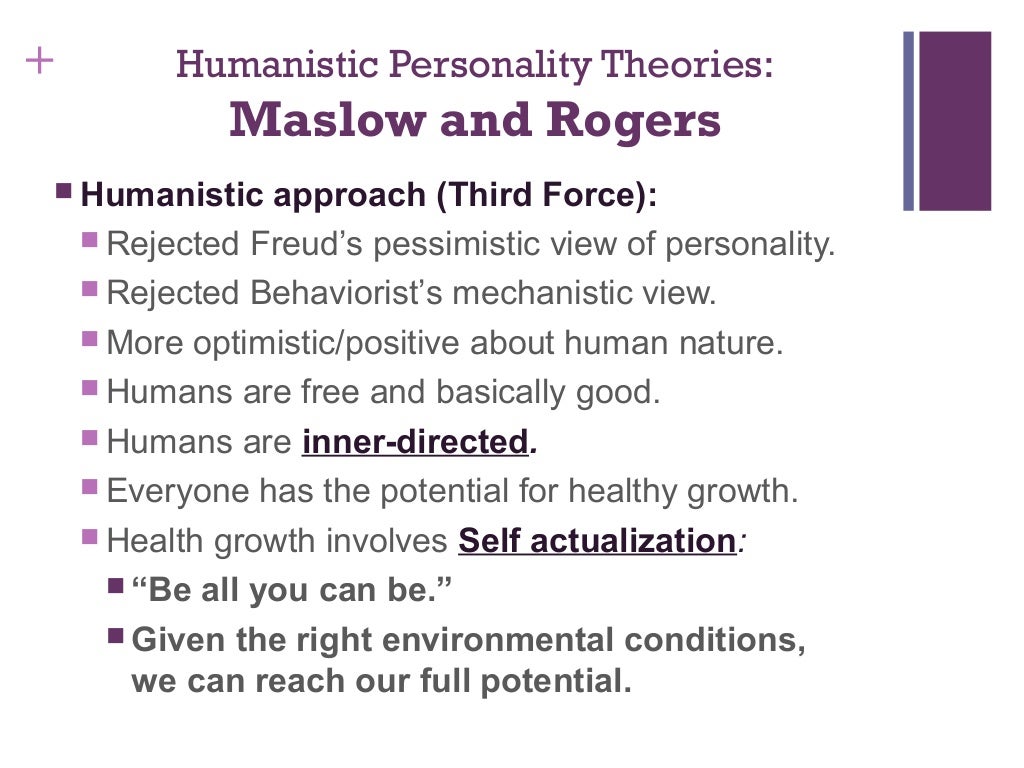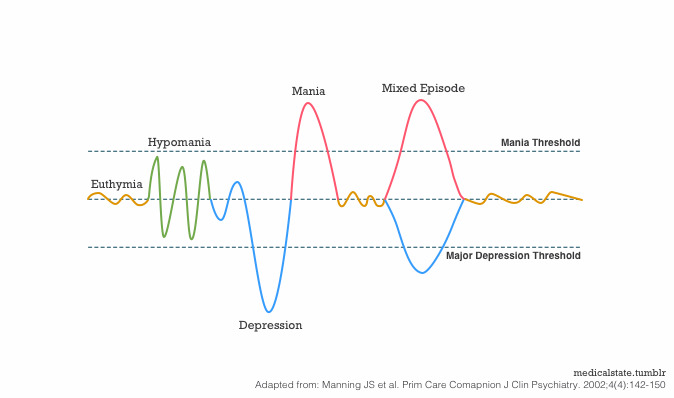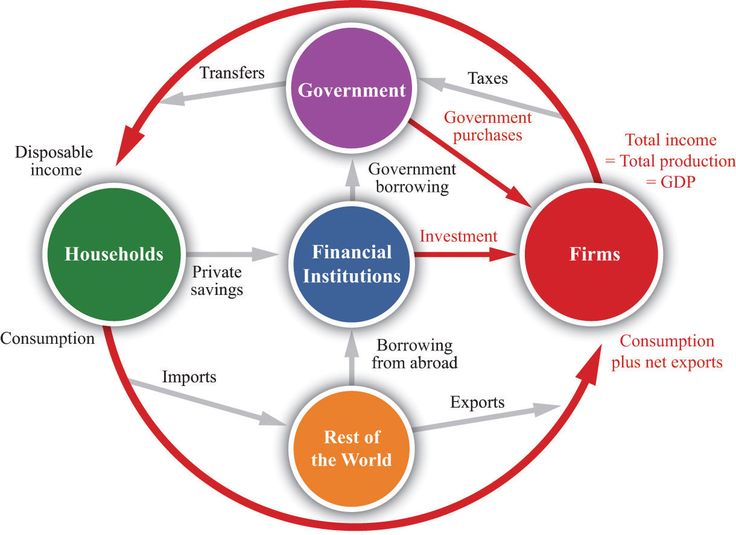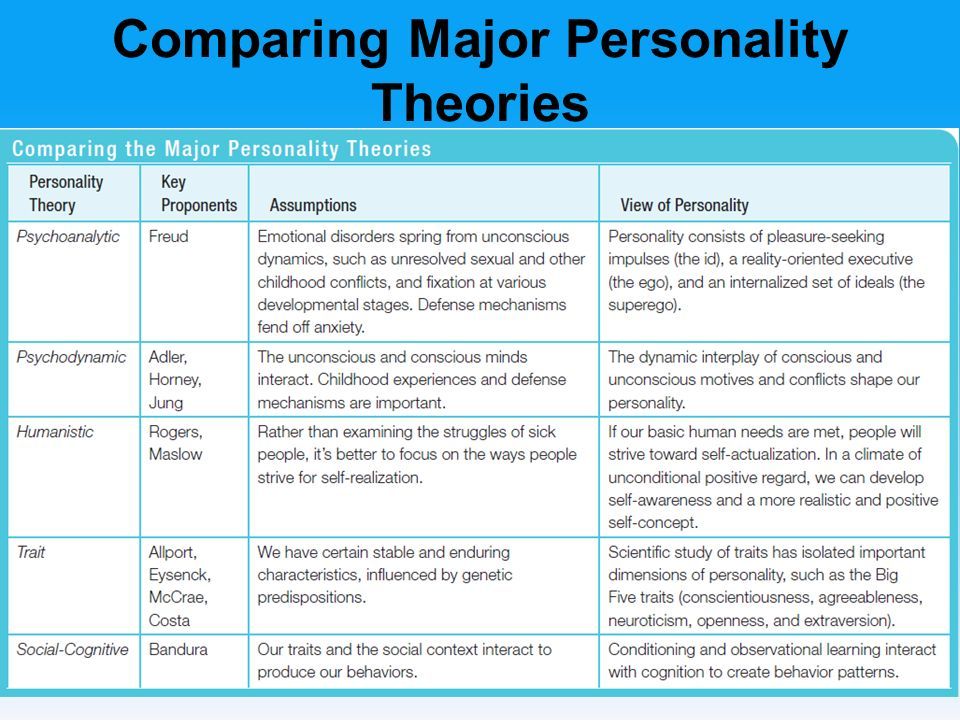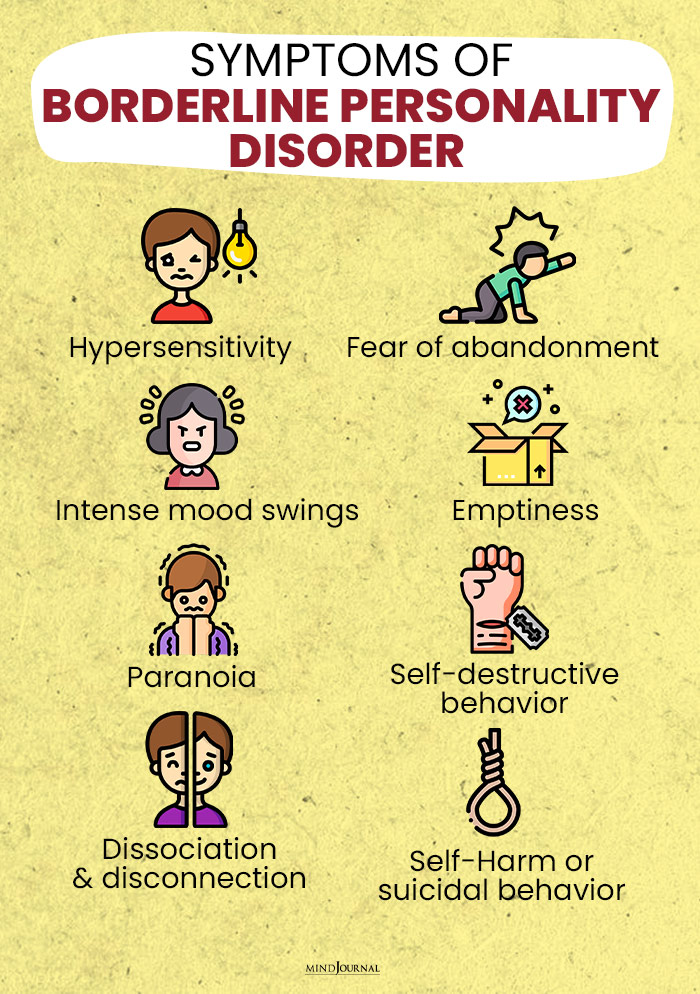What are personality theories
6 Models That Aim to Explain Human Behavior
Personality theories are the result of hypotheses, experiments, case studies, and clinical research led by scientists in the psychology and human behavior field.
Personality is your unique set of behaviors, experiences, feelings, and thought patterns that make you you.
While it may change subtly over time, your personality remains fairly consistent throughout your life after a certain age.
Personality theories look to answer why specific features and traits develop in one person over another — or develop at all. The goal is to identify what makes everyone so similar and so different at the same time.
What personality isn’t
Personality isn’t your set of skills. It’s not your biological or physical differences. It’s not transient states, like hunger or sadness.
You may be a championship football player, for example, but that’s not a part of your personality. Your reliability, extroversion, and ambition, instead, may be personality traits that may incline you to perform well at team sports.
The field of personality theories continues to grow and change as more research opportunities arise and studies are completed.
As research has evolved, so have the theories themselves. Certain theories may have lost some validity, due to inconclusive research or new findings by experts.
1. Psychodynamic theories
Sigmund Freud laid the foundation for psychodynamic personality theories with his proposal of the id, the ego, and the superego. Freud saw these three parts of the mind as the basis of human personality.
According to Freud, these concepts could explain individual behavior.
The id was about your irrational and emotional impulses, while the ego weighed all the rational pros and cons. The superego then sought to apply social norms, rules, and other personal values that ultimately encouraged you to act based on your core beliefs.
Later, in the psychosexual personality development part of Freud’s theory, he explained how a person came to those beliefs and ideals.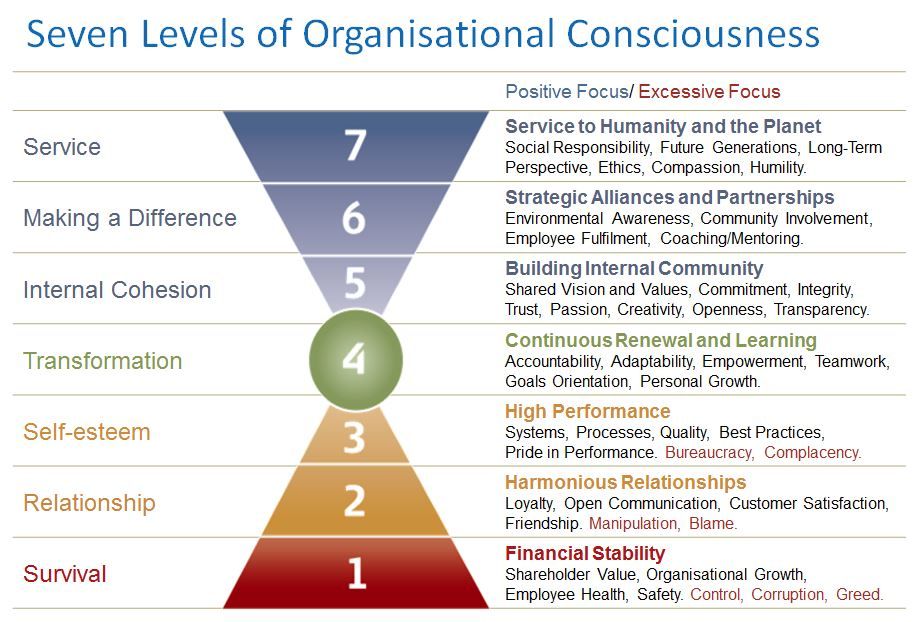
Freud thought early childhood experiences played the most important role in how personality developed. Early life, he said, was defined by five psychosexual stages based on the pleasure sensations in erogenous zones:
- oral: mouth and sucking reflexes
- anal: bladder and bowel control
- phallic: genitals and gender identification
- latency: sexuality is paused and latent, and gives room to social skills
- genital: mature sexuality and defined sexual interest and orientation
Freud suggested that each stage presented you with a developmental conflict. If you successfully overcame it, you would move into the next phase of development.
According to Freud’s personality theory, being unable to move past a phase resulted in certain psychological challenges, like the Oedipus complex, later in life.
Carl Jung and Erik Erikson are other names commonly associated with important work in the field of psychodynamic theory, although Erikson particularly marked a significant switch from Freud’s theories.
2. Trait theories
Trait theory is one of the most popular types of personality theories. It proposes that people’s personalities vary according to which basic personality traits are more dominant.
In this sense, each trait is seen as a continuum.
Take kindness, for example. Rather than viewing this as an optional personality trait — some people are kind while others are not — you can think of it as a sliding scale. Everyone falls somewhere on the kindness continuum. And you’re either more kind or less kind, compared with someone else.
One of the best-known trait theories is the five-factor theory, also known as the Big 5, proposed by Donald W. Fiske. This theory states that personality is made up of five distinct traits:
- agreeableness
- conscientiousness
- extraversion
- neuroticism
- openness to experience
Each trait has a range that goes from one extreme to another, and each person falls somewhere along that range.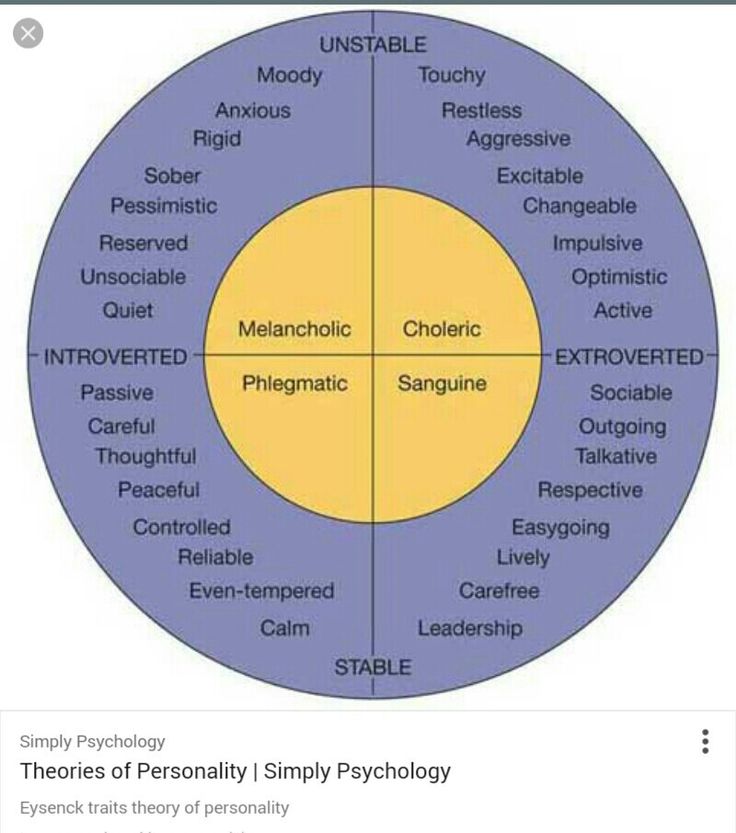
Other known trait theories include those developed by Gordon Allport, Raymond Cattell, and Hans Eysenck. Eysenck’s theory, for example, focused on just three trait continuums for everyone: extraversion, neuroticism, and psychoticism.
3. Humanistic theories
The humanistic approach to theories of personality involves understanding not only behavior and thought patterns, but also what someone believes gives their life meaning.
Humanistic theories propose that someone’s personality depends heavily on what they think of themselves — who they believe they are.
Abraham Maslow’s humanistic hierarchy of needs, for example, suggested that personality is the result of someone being able to meet — or not meet — basic needs like safety, self-esteem, and belongingness.
Carl Rogers explored the concept of self-actualization. This theory asserts that people are driven by their need for personal growth. The quest for learning and growing is what structures someone’s personality.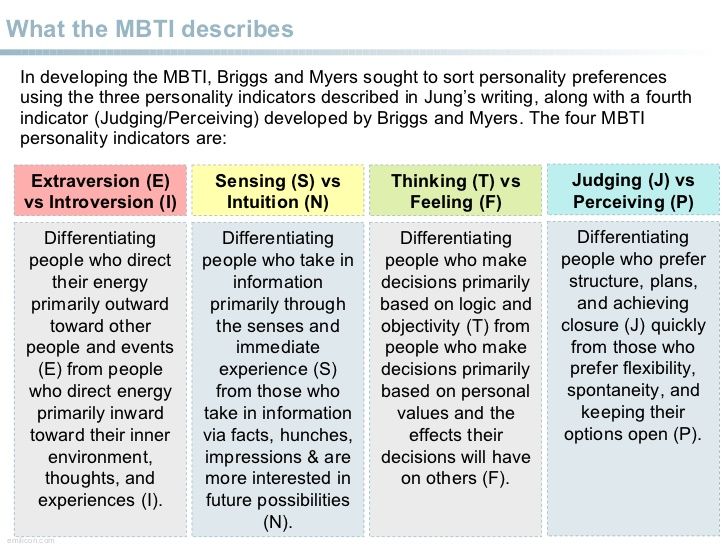
4. Social cognitive theories
Social cognitive theories of personality include several schools of thought like behaviorism, social learning theory, and expectancy-value theory.
Behaviorism
Behaviorism theory proposes that human behavior is the direct result of facing rewards and punishments.
In other words, you’re conditioned to respond a certain way because of a reward-punishment pattern in your life.
Example
If being generous in school gained you social admiration, later in life, you might continue to be generous because of that early positive reinforcement.
John B. Watson is often credited with pioneering the work in behavior theory, though William Carpenter, Alexander Bain, and Sigmund Freud also have ties to its early conceptualization, according to 2014 research.
Social learning theory
Closely related to behaviorism is Albert Bandura’s social learning theory, which takes behavioral models and adds the component of thought.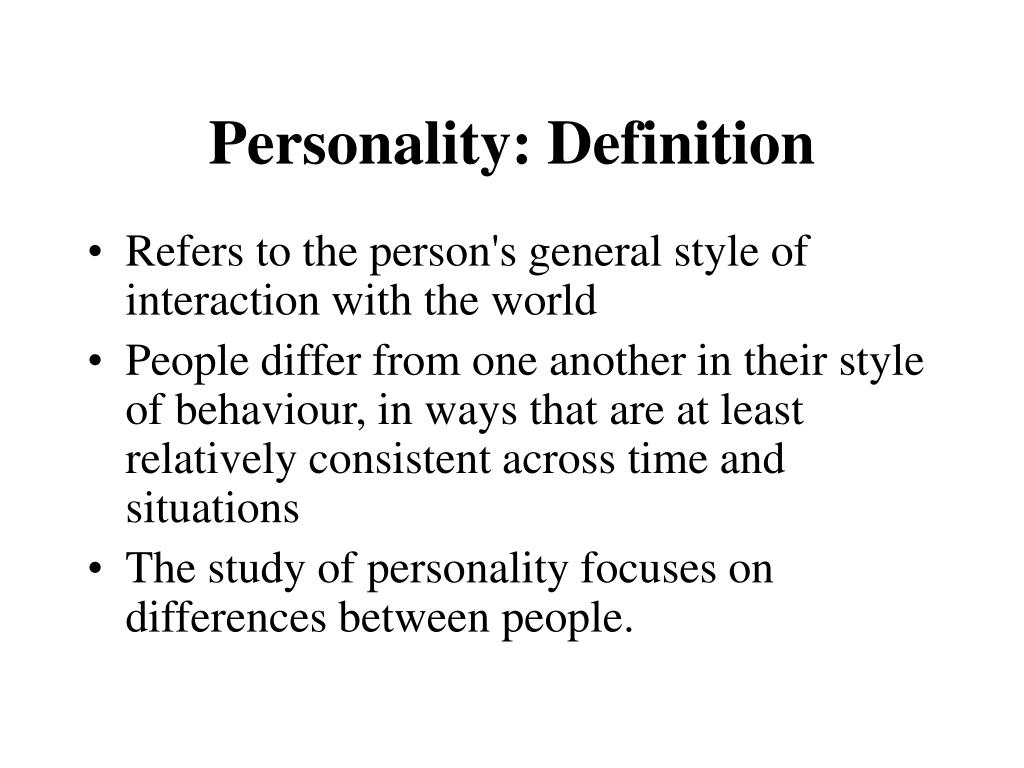 In other words, the theory proposes that your thought process plays an essential part in deciding if you should imitate or not a certain behavior (learning).
In other words, the theory proposes that your thought process plays an essential part in deciding if you should imitate or not a certain behavior (learning).
According to the social learning theory, how you perceive behavioral reinforcement is more important than the reinforcement itself.
Example
A child who loves candy might see it as a reward, whereas a child who doesn’t like candy would see it as a punishment.
Bandura also believed that environment influences a person’s personality and vice versa.
Being cooperative, for example, might gain you job opportunities. It might also increase the cooperativeness of those around you — creating an environment of cooperation.
Bandura changed the name of the model from social learning to social cognitive theory in 1986.
3. Expectancy-value theory
Another behaviorism-based model of human personality is Julian Rotter’s framework.
Rotter proposed human behavior is motivated by the expected rewards or punishment it can gain. This expectation comes from past experiences and whether or not you thought the consequences of your actions were under your control.
This expectation comes from past experiences and whether or not you thought the consequences of your actions were under your control.
When someone believes they have control over an outcome, they’re more motivated to action. This is particularly so when they anticipate a positive outcome because similar actions have been rewarded in the past.
Example
You’ve learned that studying at least 4 hours before a test leads to you passing said test.
The next time a test is scheduled, you’re more motivated to study for 4 hours to achieve a pass.
5. Biological theories
Biological personality theories assert that brain structures and neurophysiology are what determine your personality traits, according to 2016 research.
In other words, something as simple as higher neurotransmitter levels might provide you with a more positive outlook, for example, than someone else.
Hans J. Eysenck and Jeffrey A. Gray both included neuropsychology in their personality theories.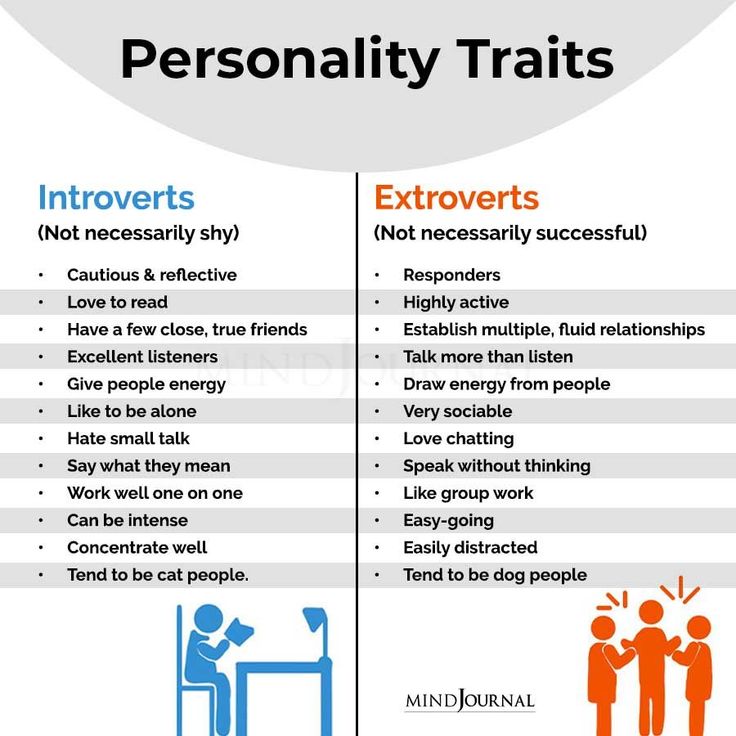
6. Evolutionary theories
Charles Darwin first introduced the concepts of evolution and natural selection in the mid-1800s. His work sparked an entire field of evolutionary biology.
Later, other scientists explored Darwin’s premises to explain human behavior. According to this framework of evolutionary theories, human personality is primarily the result of genes and most useful traits.
Ultimately, evolutionary theory states that personality characteristics that increased your ancestors’ chances for survival are the traits you may have at the core of your personality today.
Example
Your fear of snakes may feel instinctual, but evolutionary theory states it may result from your ancestors learning that snakes could be dangerous.
Personality is immeasurable. It’s different for everyone. This makes personality challenging to study. How do you control an environment and prove that personality develops in a specific way?
You can’t — at least not yet.
For this reason, personality development exists in theory only and is subject to controversy, though some research does support (or debunk) current theory models.
One of the biggest controversies in personality theory revolves around Sigmund Freud’s theories on personality and development. Even as far back as 1987, researchers wrote about how they are male-dominant, with references to females that may be interpreted as demeaning.
Theories of personality aim to provide a framework to explain the differences and similarities in human behavior and personality. They often overlap or complement each other, and sometimes they may be contradictory when compared.
Each personality theory offers a structure to analyze human personality, and most of them have extensive research backing up some of their premises. This is one of the reasons why the study of personality in psychology is still a developing field with no conclusive findings.
Personality | ProspectiveDoctor
Sam breaks down personality in this podcast.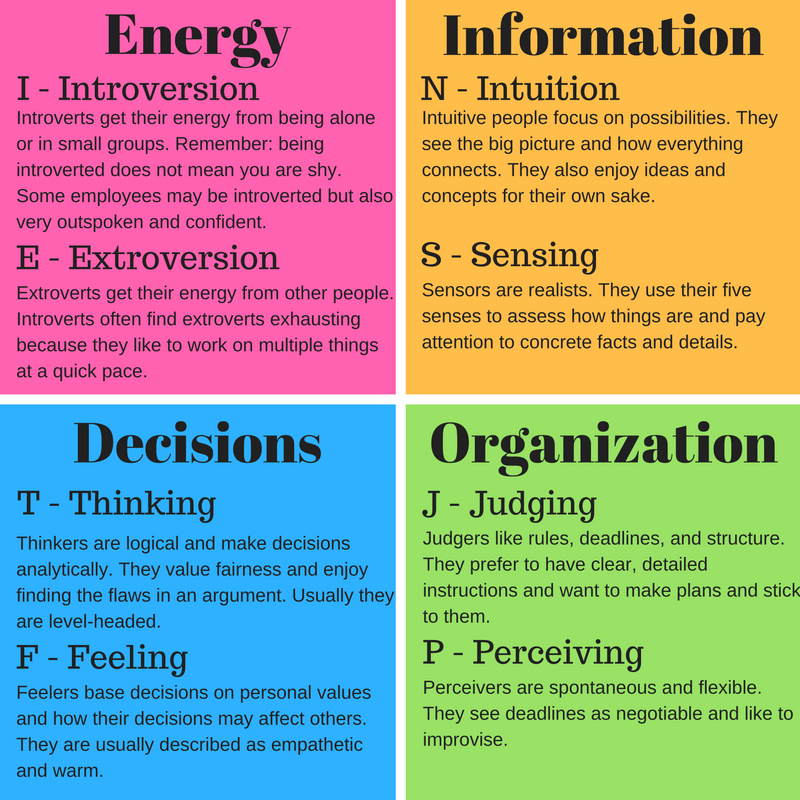 He talks about different personality theories and how personality affects our behavior. He also breaks down personality disorders and the personality-related questions that could appear on the MCAT.
He talks about different personality theories and how personality affects our behavior. He also breaks down personality disorders and the personality-related questions that could appear on the MCAT.
- [02:55] The Different Theories on Personality
- [04:42] The Six Personality Theories
- [05:18] Psychoanalytic Theory of Personality
- [07:50] The Humanistic Theory on Personality
- [09:37] The Trait Theory
- [11:30] Social Cognitive Theory
- [13:37] Biological Perspective of Personality
- [15:25] The Behaviorist Theory of Personality
- [17:14] Personality Disorders
- [17:14] Odd or Eccentric Personality Disorders
- [18:55] Paranoid Personality Disorder
- [21:55] Dramatic, Emotional, or Erratic Behaviors
- [23:45] Anxious and Fearful Behavior
Personality is described as someone’s repeated behavioral mannerism overtime or an individual’s characteristic patterns of thinking, feeling, and behaving.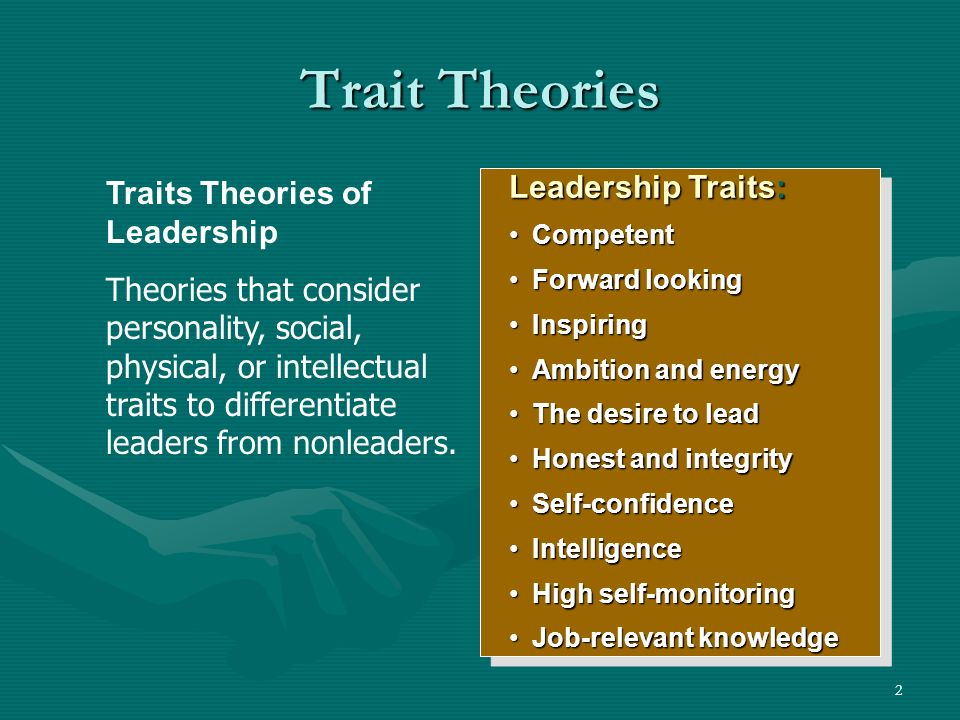 Simply put, personality is what makes us, us. Now, to try and explain the different personality theories, we’ll use one of the most talented, yet controversial, people in the entertainment industry – Kanye West. After conducting a quick internet search about Kanye, Sam concluded that Kanye is best described by these four personality traits: Creativity, narcissism, perceptiveness, and sensitivity. So, we’ll use these four personality traits and try to explain why Kanye West is the way he is.
Simply put, personality is what makes us, us. Now, to try and explain the different personality theories, we’ll use one of the most talented, yet controversial, people in the entertainment industry – Kanye West. After conducting a quick internet search about Kanye, Sam concluded that Kanye is best described by these four personality traits: Creativity, narcissism, perceptiveness, and sensitivity. So, we’ll use these four personality traits and try to explain why Kanye West is the way he is.
In describing personality, we’ll go through six different personality theories: psychoanalytic theory, humanistic theory, trait theory, social-cognitive theory, biological theory, and behaviorist theory.
The Psychoanalytic Theory of PersonalityThe psychoanalytic theory was developed by Sigmund Freud and argued that human personality comprises three elements, the id, the ego, and the superego. These three elements are said to work together to produce our character.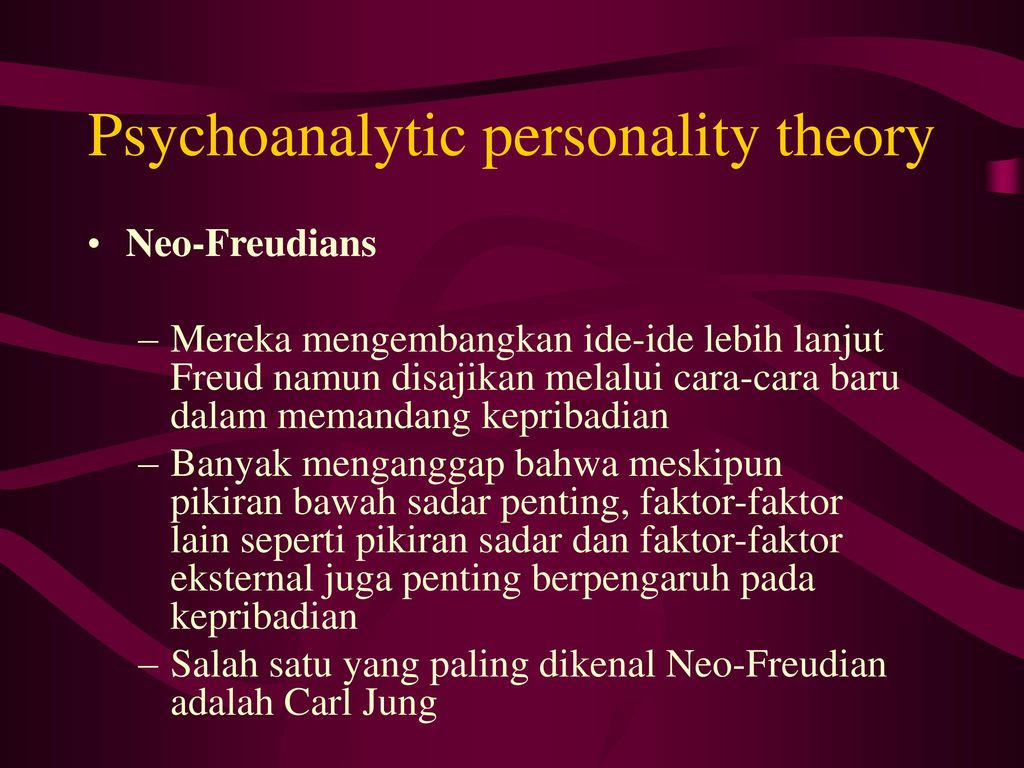
Abraham Marslow and Carl Rogers developed the humanistic theory of personality. They explained that personality stems from one’s desire to achieve their potential and focuses on psychological growth, free will, and personal awareness.
Trait TheoryThe trait theory of personality was developed by Raymond Cattell, who argued that a person’s personality is a series of traits that are stable over time. The approach narrows down a person’s personality to five core traits: openness, agreeableness, extraversion, neuroticism, and conscientiousness.
Social Cognitive TheoryThe social cognitive theory was developed by Albert Bandura and described how personality is developed through social learning and cognition. According to the theory, personality is formed by watching and learning from others and choosing whether to emulate their behavior.
Biological Perspective on PersonalityThe biological perspective on personality focuses on biology’s role, specifically genetics, in exploring the things that shape a person’s personality.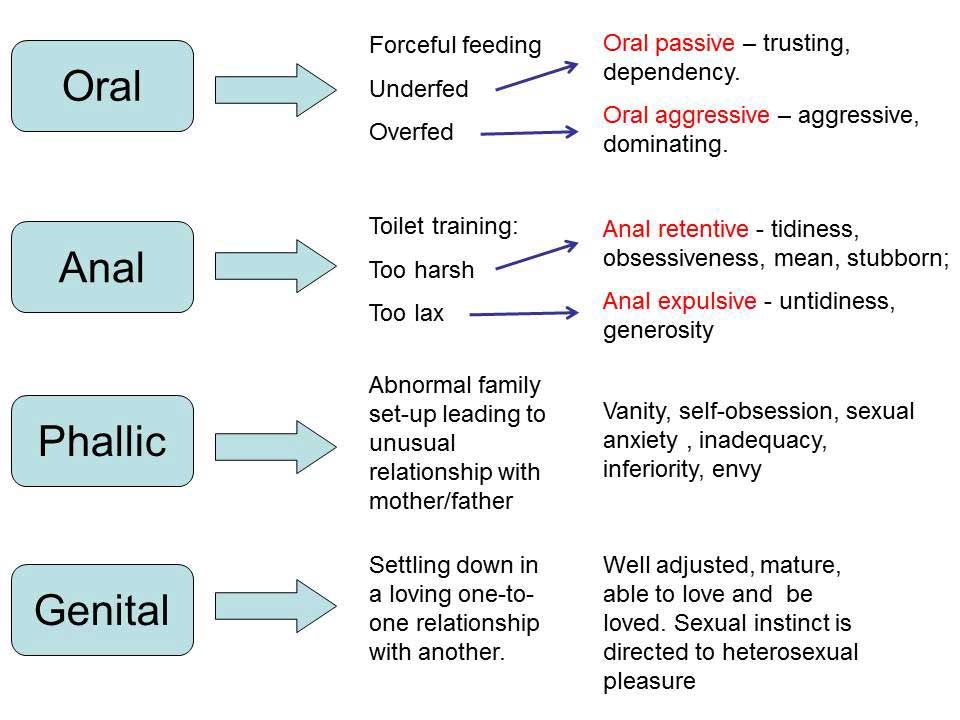 According to previous studies, personality is somehow heritable meaning that a component of personality does come from genetics.
According to previous studies, personality is somehow heritable meaning that a component of personality does come from genetics.
The behaviorist theory states that the environment around the said person develops a person’s personality. The theory basically tries to explain how personalities are learnt and then reinforced by the person’s environment.
Personality DisordersPersonality disorders are defined as long-term behavior patterns and inner experiences that differ significantly from what is expected. Personality disorders are divided into three clusters, odd or eccentric behavior; dramatic, emotional, or erratic behavior; and anxious or fearful behavior.
Cluster A personality disorders are characterized by odd, eccentric thinking or behavior. They include paranoid personality disorder, schizoid personality disorder and schizotypal personality disorder.
Cluster B personality disorders are characterized by dramatic, overly emotional or unpredictable thinking or behavior.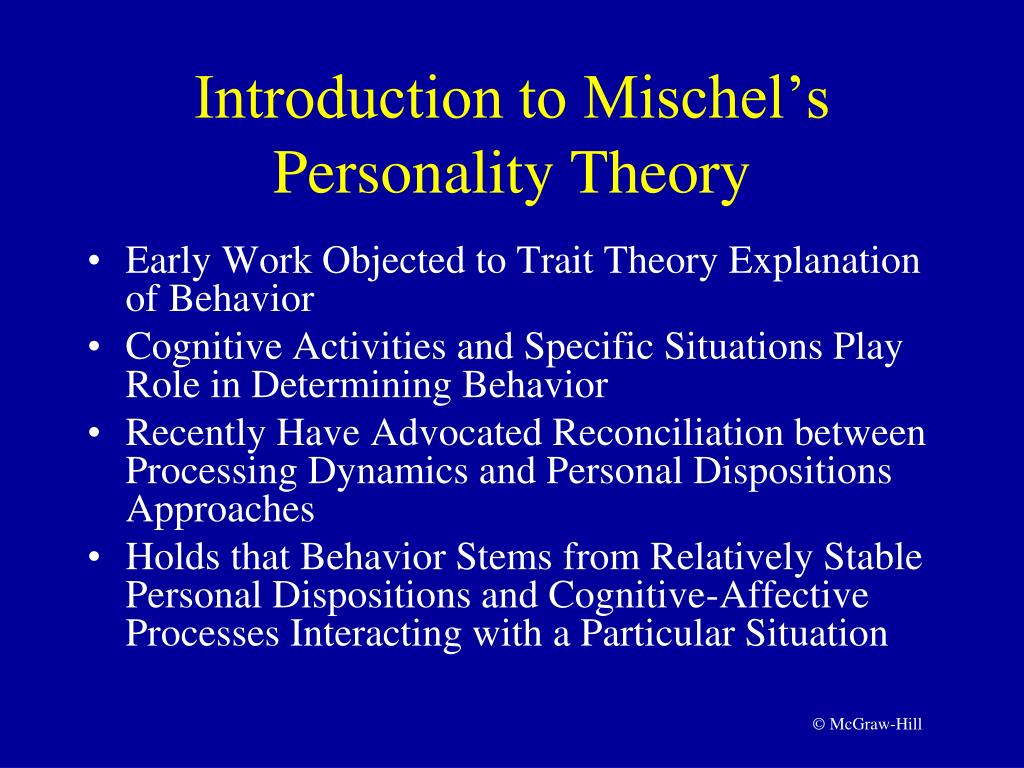 They include antisocial personality disorder, borderline personality disorder, histrionic personality disorder and narcissistic personality disorder.
They include antisocial personality disorder, borderline personality disorder, histrionic personality disorder and narcissistic personality disorder.
Cluster C personality disorders are characterized by anxious, fearful thinking or behavior. They include avoidant personality disorder, dependent personality disorder and obsessive-compulsive personality disorder.
Related Articles
Theories of personality - online presentation
1. Topic 1. Theories of personality
Udalova Tatyana Yurievna
2. Plan
1. Psychology of personality.2. The concept of personality.
3. The subject of personality psychology.
Components of personality theories.
4. Modern theories of personality.
Classification of personality theories.
5. Requirements for psychological theory.
Criteria for evaluating personality theory.
3. Psychology of personality. nine0004 • Personality psychology as a science began its development at the beginning of the
th century in response to the crisis of traditional Wundtian
psychology.
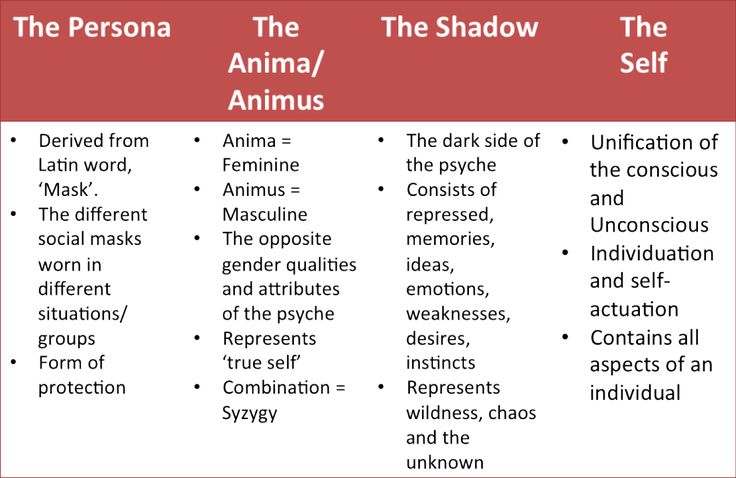
• The origins of the crisis arose with the birth of
personality psychology itself. In 1931 L.S. Vygotsky wrote
that "the central and highest
problem of psychology, the problem of personality and its development, remains closed to this day."
• In 1937 Gordon Allport in his first book
Personality: A Psychological Interpretation
gives more than 50 different definitions of personality. G. Allport:
"Man is an objective reality."
• Half a century later, the well-known Russian methodologist
Georgy Petrovich Shchedrovitsky is forced
to state that in the overwhelming majority of cases
the problem of personality psychology remains at the level of
descriptive psychology, and the very concept of "personality"
exists only as an everyday designation.
Konstantin Konstantinovich Platonov in Soviet psychology from
1917 to 70 years identifies 4 dominant personality theories:
• personality as a profile of mental traits personality,
• personality as a person's experience,
• as temperament and age,
• personality as a set of relationships manifested in
directions.
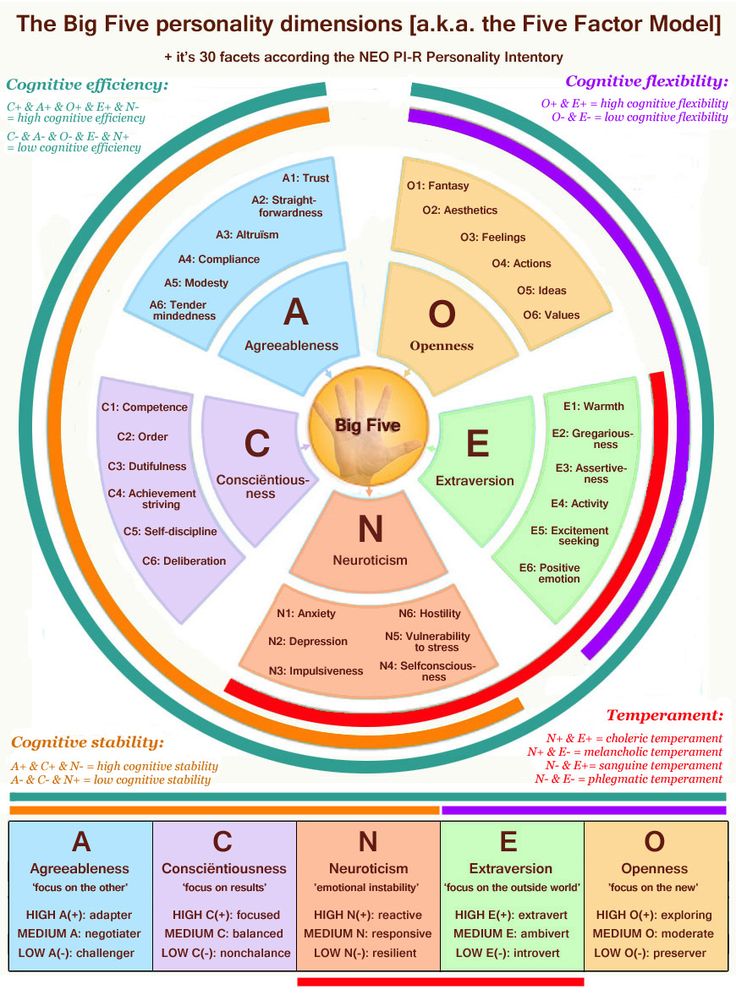
Artur Vladimirovich Petrovsky speaks about the existence in
domestic psychology of different approaches to understanding
personality in different historical periods of time: , traits, characteristics, features of the human psyche. nine0005 • since the mid-60s, attempts have been made to elucidate the general structure of personality
,
• 1969 The All-Union Symposium on Personality Problems
was marked by an understanding of personality as a
biosocial being and a structural approach.
• By the end of the 70s. the trend towards a systemic
(or structured-systems) approach.
• There is a science, there is an object of study,
methods of studying it are being developed, hypotheses are put forward,
concepts, theories and
whole directions, but no one is able to intelligibly
define the subject of study.
• Lidia Ilyinichna Bozhovich: "The problem of personality psychology
is not only what to study, but also how
to study, that is, from what positions one should approach this
study.
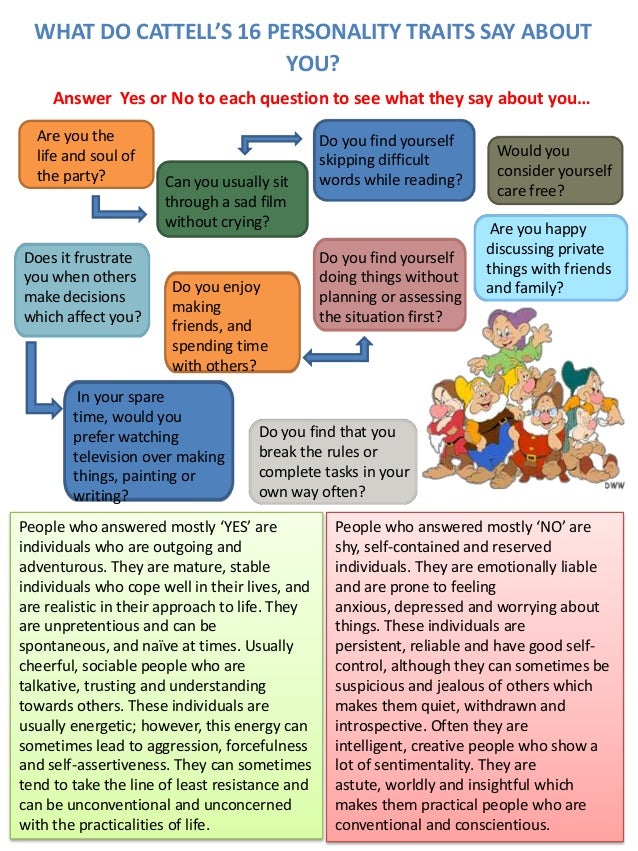 "
" • Truly, I know how, but I don't know what!
6. What is a PERSON?
7. The concept of personality
• Personality is a person taken in the systemof his psychological characteristics,
which are socially conditioned,
are manifested in social connections and relationships
by nature, are
stable, determine the moral
actions of a person that have significant
significance for himself and those around him.
• Personality is most often defined as a person in
the totality of his social, acquired
qualities.
• Personal characteristics do not include such
features of a person that are
genotypically or physiologically determined, in no way
depend on life in society.
• In many definitions of personality
it is emphasized that the number of personal not
includes the psychological qualities of a person,
characterizing his cognitive processes
or individual style of activity, with the exception of those
that are manifested in
relations with people, in society.
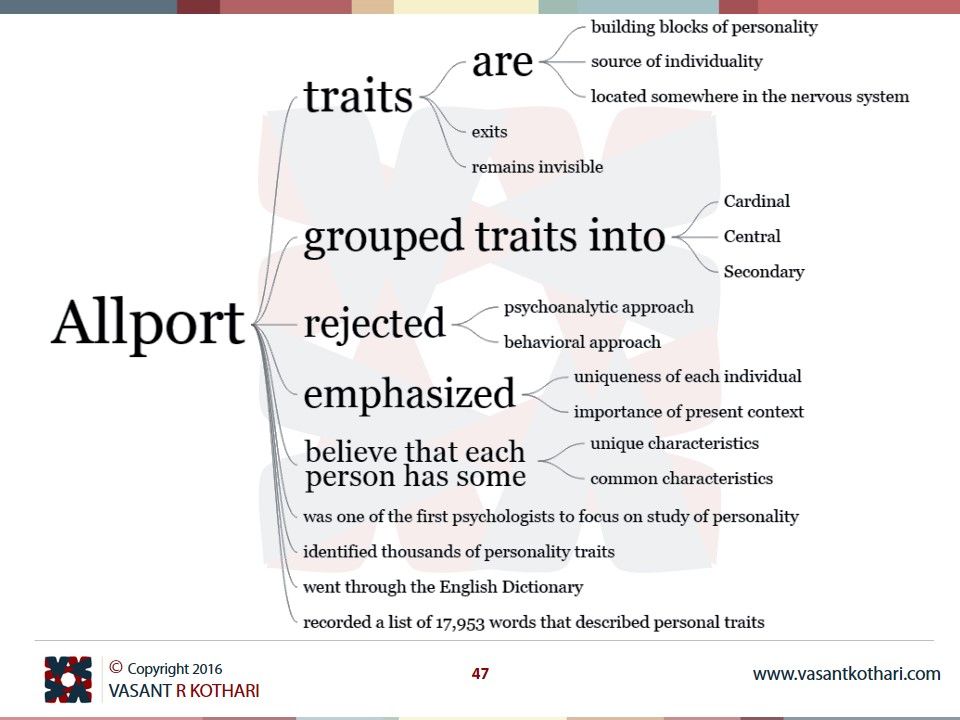
9. In most definitions
a person appears as some hypotheticalstructure or organization, human behavior
organizes and integrates at the level of the individual.
emphasizes the importance of individual differences
between people.
personality is characterized in the evolutionary process as
subject to the influence of internal and external factors,
including genetic and biological predisposition,
social experience and a dynamic
external environment.
it is the personality that is "responsible" for the stability of behavior;
it is she who provides a person with a sense of
continuity in time and environment. nine0005
10. Requirements for psychological theory
• Theory is a system of interrelatedprinciples, views, ideas and
ideas aimed at interpreting and
explaining any real phenomena.
11. Personality theory
is a set of hypotheses or assumptions aboutthe nature and mechanisms of personality development.
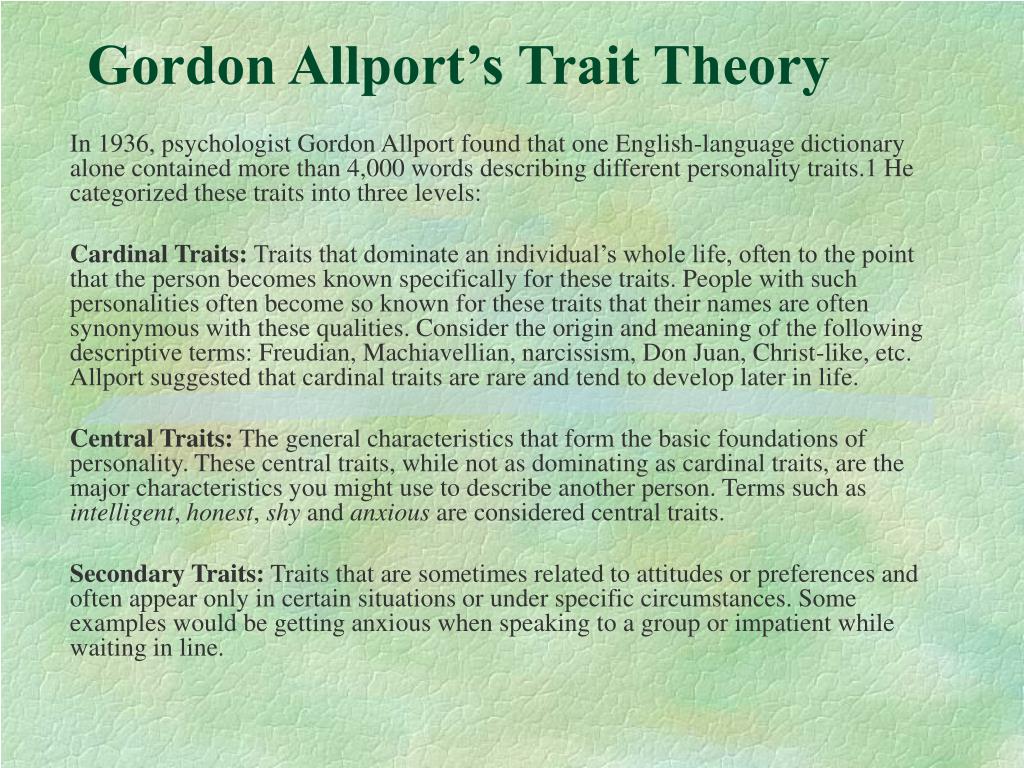
are carefully considered inferences or
hypotheses about what people are, how
they behave and why they act, and not
otherwise.
Personality theory tries not only to explain, but also to predict
human behavior (Kjell A., Ziegler
D., 1997).
12. "Psychological theory should explain:
• the sources of real contradictions,• the foundations of qualitative
transformations in the mental
development of a person,
• the systemic nature of
mental phenomena and their determinants,
• consider the mental in its
complex dynamics."
Boris Fedorovich Lomov
13. The main questions to be answered by personality theory are as follows:
What is the nature of the main sources of personality development -congenital or acquired?
What age period is the most important for
personality formation?
Which processes are dominant in the structure of personality
- conscious (rational) or unconscious (irrational)
?
Does a person have free will, and to what extent
does a person exercise control over his behavior? nine0005 Is the personal (inner) world of a person
subjective, or is the inner world objective and can
be revealed using objective methods?
14.
 4.Modern theories of personality ☺psychodynamic theory of personality (3. Freud),
4.Modern theories of personality ☺psychodynamic theory of personality (3. Freud), ☺analytical theory of personality (A.Adler and C.Jung),
☺humanistic theory of personality (A.Maslow,
C.Rogers) ,
☺cognitive theory of personality (J. Kelly)
☺behavioral theory of personality (B. Skinner,
A. Bandura)
☺activity theory of personality (S.L. Rubinstein,
A.N.Leontiev)
☺dispositional theory of personality (G. Allport,
G.Eyzenk).
15. Levels of personality analysis as a psychological education
1. properties of individual"elements" of personality
2. Components ("blocks")
personality
3. properties of a holistic personality.
The ratio of properties and personality blocks of all three levels
is called the personality structure.
Some theories, and sometimes different authors within the same theory,
pay attention not to all levels, but
for only one of them.
The names of the elements and blocks of the personality vary greatly
.
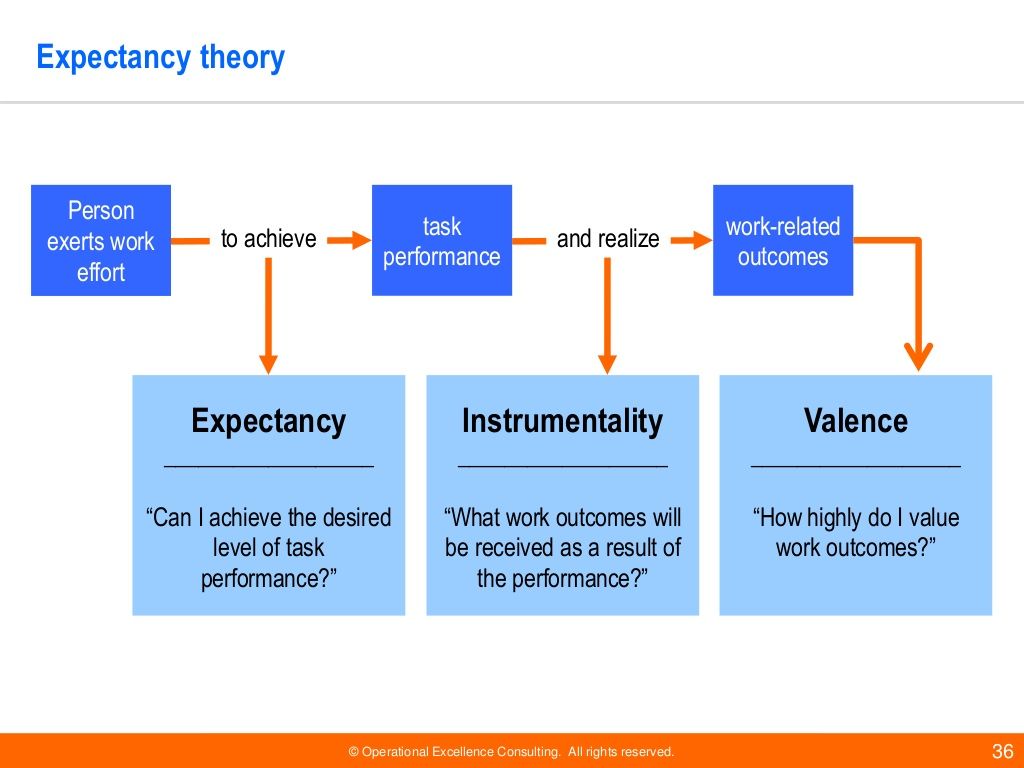
Separate properties are often called characteristics, traits,
dispositions, character traits, qualities, dimensions,
factors, personality scales,
and blocks - components, spheres, instances, aspects,
substructures.
Each theory allows you to build one or more
structural models of personality. Most of the
models are speculative, and only a few, mainly
dispositional, built using
modern mathematical methods.
17. "Units" of personality structure analysis:
• attitude (Dmitry Nikolaevich Uznadze),• attitude (Vladimir Nikolaevich Myasishchev),
• internal position, the totality of leading
motives of activity (Lidiya Ilyinichna
Bozhovich),
• motivational sphere personality, “personal meaning
” (Aleksey Nikolaevich Leontiev),
• mental properties of a person are formed
in the course of life, in the course of its activity
(Sergey Leonidovich Rubinshtein)
18. Classification of personality theories
The psychodynamic type includes theories that describe personality and
explain its behavior based on its psychological, or internal,
subjective characteristics.
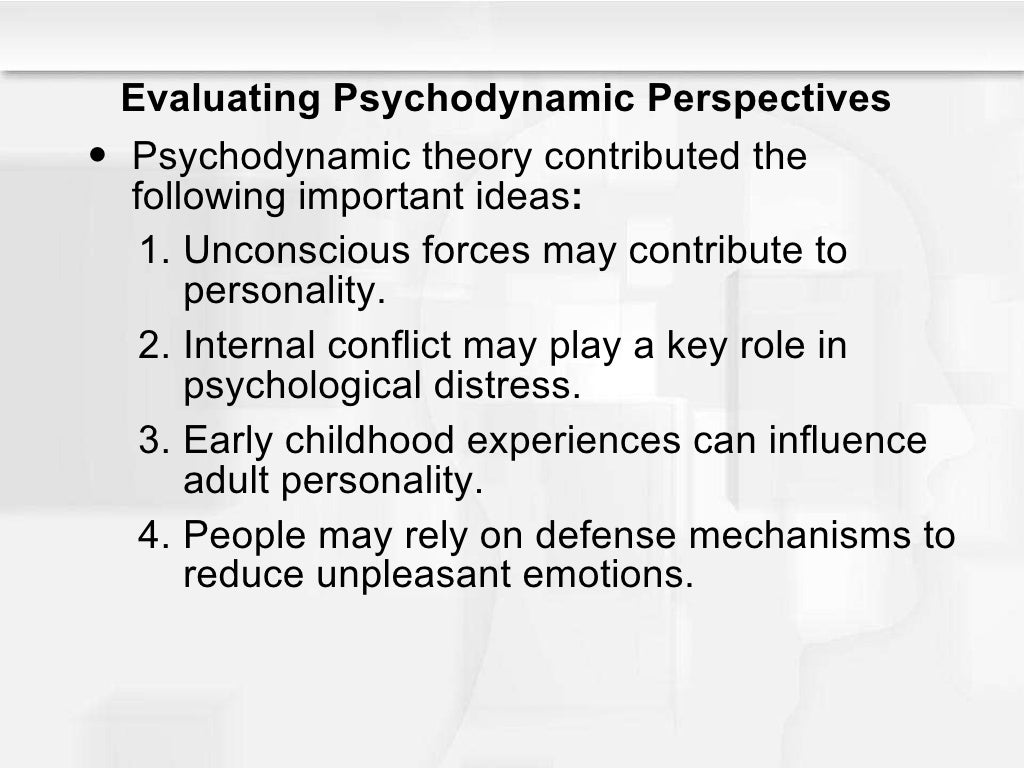
Sociodynamic - theories in which the external situation
assigns the main role in the determination of behavior, does not attach significant importance to the internal
personality traits.
Interactionist - theories based on the principle of interaction
internal and external factors in the management of actual human actions.
Experimental - personality theories based on the analysis and generalization of
experimentally collected factors.
Non-experimental - theories whose authors rely on
life impressions, observations and experience and make theoretical generalizations without
referring to experiment.
Structural - theories, for which the main problem is to clarify
the structure of personality and the system of concepts with which it should
to be described.
Dynamic - theories, the main theme of which is transformation, change in
personality development, i.e. her dynamics.
A number of personality theories characteristic of developmental and educational psychology,
is built on the consideration of a limited age period in the development of personality
, as a rule, from birth to graduation from high school, i.
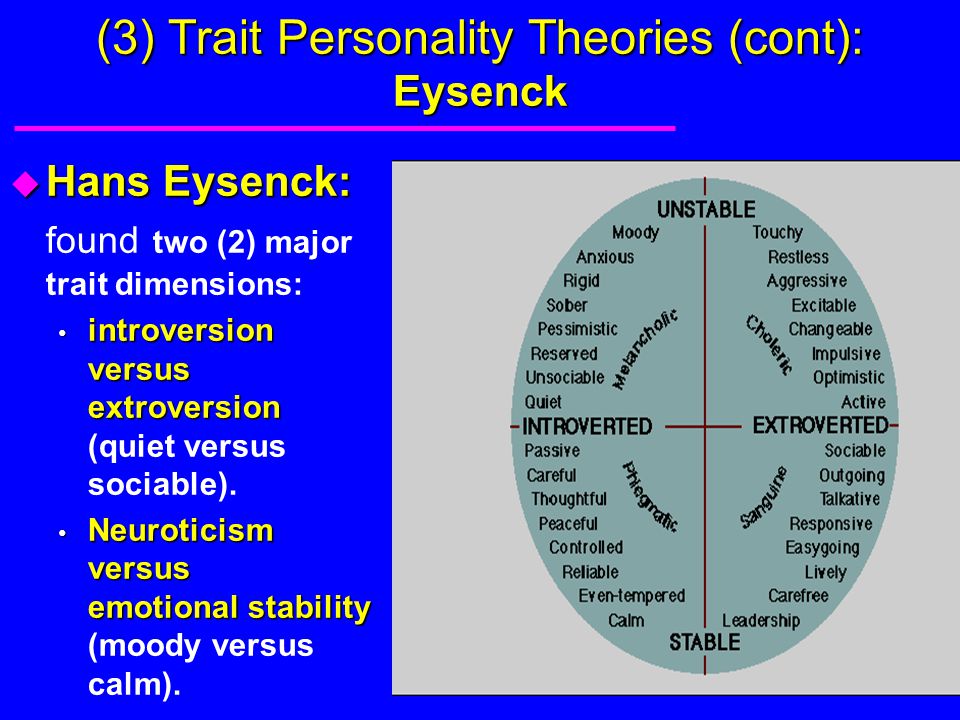 e. from 90,005 infancy to early adolescence.
e. from 90,005 infancy to early adolescence. Personality theories are subdivided and depending on
what exactly the core is seen in,
an integrating principle, linking together
various mental processes of an individual and
imparting to his behavior the necessary
consistency and stability:
• psychobiological (William Herbert Sheldon),
• biosocial (Gordon Allport, Carl Rogers),
• psychosocial (Alfred Adler, Karen Horney and
other neo-Freudians),
• psychostatistic ("factorial" - Raymond
Kettel, Hans Eysenck)
20. Criteria for evaluating the theory of personality.
Breadth of coverage of various phenomena. nine0005 Economy of theory.
Heuristic value of the theory.
Verifiability of the theory
Internal consistency of the theory
Larry Hjell, Daniel Ziegler
21. Breadth of coverage of various phenomena.
• The greater the scope of human behaviorthe theory explains, the more versatile it is
.
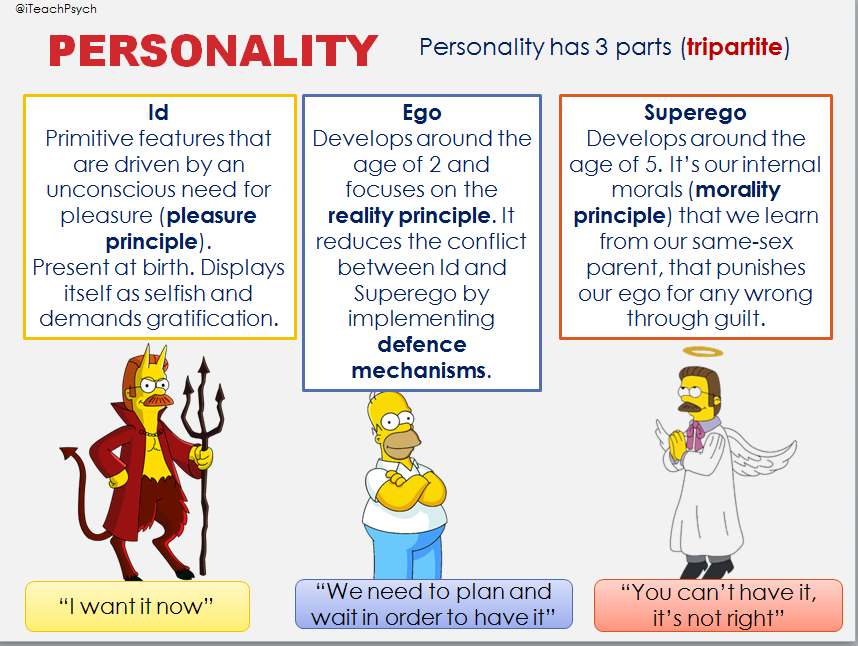 In other words, speech
In other words, speech is about the measure of generalization of the theory. Another
merit of a comprehensive theory is
that it can serve as a
logical framework for unification and integration
new, scattered facts.
22. The parsimony of the theory
• means a possibly smaller number ofinitial concepts, postulates,
required to explain any
phenomena.
• An economical theory is one that does not contain
excess theoretical baggage.
23. The heuristic value of a theory,
• ie, the extent to which a psychological theoryencourages other scientists
to do further research.
Heuristic value the higher than
the working
definitions of concepts are more precisely formulated, i.e.
with what they can be measured, or with what observable
characteristics they
relate.
24. Verifiability
• i.e. verifiability of the provisions of theoryby an independent researcher.

• To do this, the theory must be formulated
in such a way that the concepts, hypotheses and propositions contained in it
are clearly defined and
logically related to each other. nine0005
25. Internal consistency of the theory
• The theory must be free frominternal contradictions;
• it must explain dissimilar phenomena,
following the internal logic.
Personality theories
By the end of the 30s of our century, many different approaches and theories of personality have developed in personality psychology. In total, about 50 different theories of personality can be distinguished, which can be grouped based on various factors.
If the classification is based on way of explaining behavior , then personality theories can be divided into psychodynamic , sociodynamic and interactionist . The psychodynamic type includes theories that describe a personality based on its psychological, or internal, subjective characteristics. Sociodynamic theories are those in which the main role in the determination of behavior is assigned to the external situation and does not attach significant importance to the internal properties of the personality. Interactionist theories are those based on the principle of the interaction of internal and external factors in the management of actual human actions. nine0290
Sociodynamic theories are those in which the main role in the determination of behavior is assigned to the external situation and does not attach significant importance to the internal properties of the personality. Interactionist theories are those based on the principle of the interaction of internal and external factors in the management of actual human actions. nine0290
According to the method of obtaining data all personality theories can be divided into experimental and non-experimental . Experimental personality theories are those built on the analysis and generalization of empirically collected factors. Non-experimental theories include theories, the authors of which rely on life impressions, observations and experience and make theoretical generalizations without resorting to experiment.
From the point of view of problematic approach all theories of personality can be divided into structural and dynamic .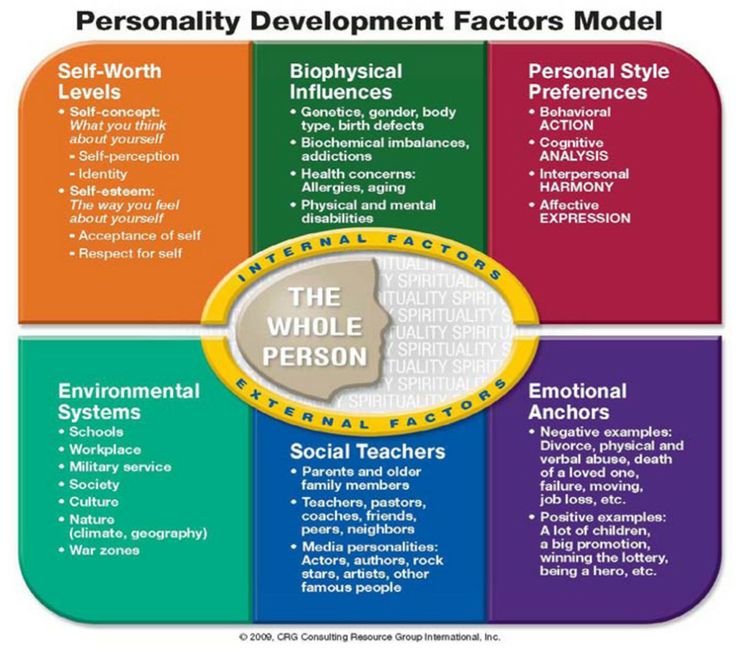 Among the structural theories are theories for which the main problem is to clarify the structure of the personality and the system of concepts with which it should be described. Theories are called dynamic, the main theme of which is transformation, change in the development of the personality, i.e. its dynamics.
Among the structural theories are theories for which the main problem is to clarify the structure of the personality and the system of concepts with which it should be described. Theories are called dynamic, the main theme of which is transformation, change in the development of the personality, i.e. its dynamics.
From the standpoint of age range personality theories can be divided into two groups. The first group of theories is characteristic of developmental and educational psychology. These theories are built on the consideration of a limited age period in personality development, usually from birth to graduation from high school. The second group includes theories that consider the development of personality throughout a person's life. nine0290
The basis for dividing personality theories into types can be concepts that describe personality. These can be internal properties, traits and qualities of a person, or external manifestations, such as behavior and actions.
Let's analyze a number of the most well-known theories of personality from the standpoint of these classifications.
G. Allport and R. Kettel began the development of a theory called trait theory . It can be attributed to the category of psychodynamic, experimental, structural-dynamic, covering the whole life of a person and describing him as a person in terms that characterize internal psychological properties. According to this theory, people differ from each other in a set of separate, independent traits, and a description of a holistic personality can be obtained on the basis of a testological examination. nine0290
G. Allport came to the construction of a methodology for studying personality traits in the following way. He chose from the language words-concepts that describe a person. Then he shortened the list of selected words, excluding synonyms from it. Thus, he received the necessary and sufficient minimum of all kinds of personality traits.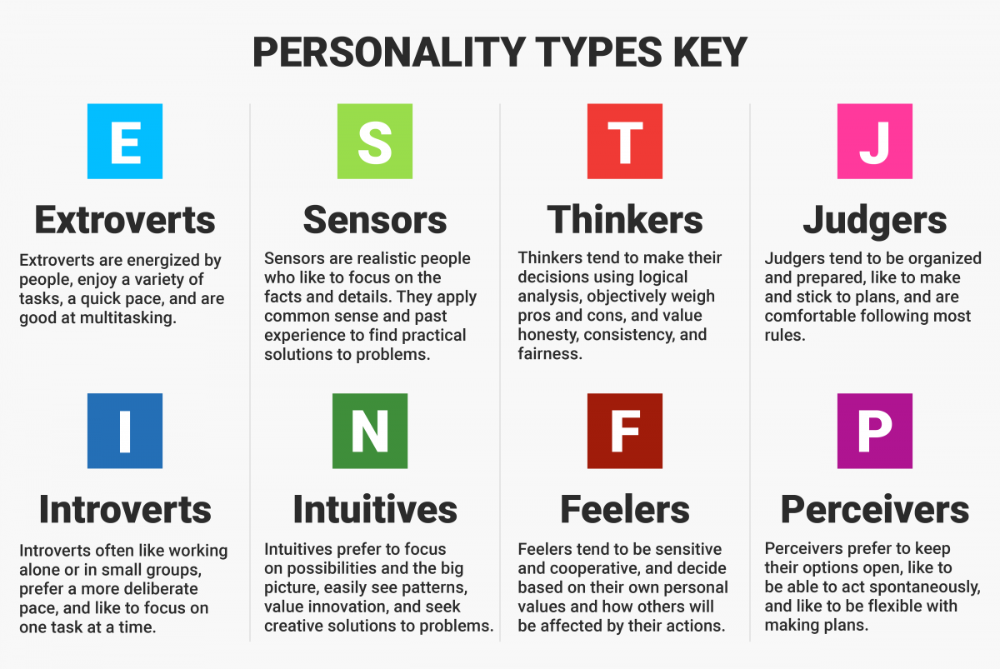 With this standard set of personality traits, the set of traits of each individual person could be compared.
With this standard set of personality traits, the set of traits of each individual person could be compared.
The second way to assess personality traits involves the use of factor analysis - a complex method of modern statistics that allows you to reduce to the necessary and sufficient minimum many different indicators and personality assessments obtained as a result of introspection, survey, life observations of people. The result is a set of statistically independent factors that are considered individual traits of a person's personality. Using this method, R. Cattell was able to identify 16 different personality traits. Each of them received a double name characterizing the degree of its development: strong and weak. Based on the experimentally identified set of traits, R. Cattell built the 16-factor personality questionnaire mentioned above. In the future, the number of experimentally identified factors-traits increased significantly. In numerous studies carried out to date in line with the theory of traits, a description of about 200 such traits is given, which is necessary for a complete psychological description of the personality. nine0290
nine0290
The trait theory has some pretty serious flaws. First, to analyze the psychological profile of a person, different authors offer different lists of factors - which means they reveal a different set of psychological traits. Secondly, on the basis of knowledge of personality traits, it turned out to be almost impossible to accurately predict human behavior. As it turned out, behavior depends not only on personality traits, but also on many other conditions, in particular, on the characteristics of the situation itself.
As an alternative to the theory of traits, it has spread abroad social learning theory (behaviorism). It can be classified as sociodynamic, experimental, structural-dynamic, covering the whole life of a person and describing a person as a person in behavioral terms.
The main psychological characteristic in this theory of personality is an act or a series of acts . Individual differences in people's behavior are the result of different living conditions, interactions with different people. The main mechanisms for acquiring new forms of behavior by a person (his development as a personality) are learning by a conditioned reflex through observation of others (vicar learning) and imitation. The stability of a person as a person is determined not by his own psychological characteristics, but by the frequency and constancy of the occurrence of the same situations, the sameness of reinforcements and punishments, the frequency of repetition of social actions. nine0290
The main mechanisms for acquiring new forms of behavior by a person (his development as a personality) are learning by a conditioned reflex through observation of others (vicar learning) and imitation. The stability of a person as a person is determined not by his own psychological characteristics, but by the frequency and constancy of the occurrence of the same situations, the sameness of reinforcements and punishments, the frequency of repetition of social actions. nine0290
The psychoanalytic theory of personality developed by Freud can be attributed to the type of psychodynamic, non-experimental, structural-dynamic, covering the whole life of a person and using the internal psychological properties of the individual to describe the personality, primarily needs and motives.
Humanistic theories of personality use a variety of approaches to understanding personality. Therefore, these theories can be classified as psychodynamic or interactionist (by different authors in different ways), non-experimental, structural-dynamic, covering the whole life of a person and describing him as a person either in terms of characterizing internal psychological properties, or in behavioral terms.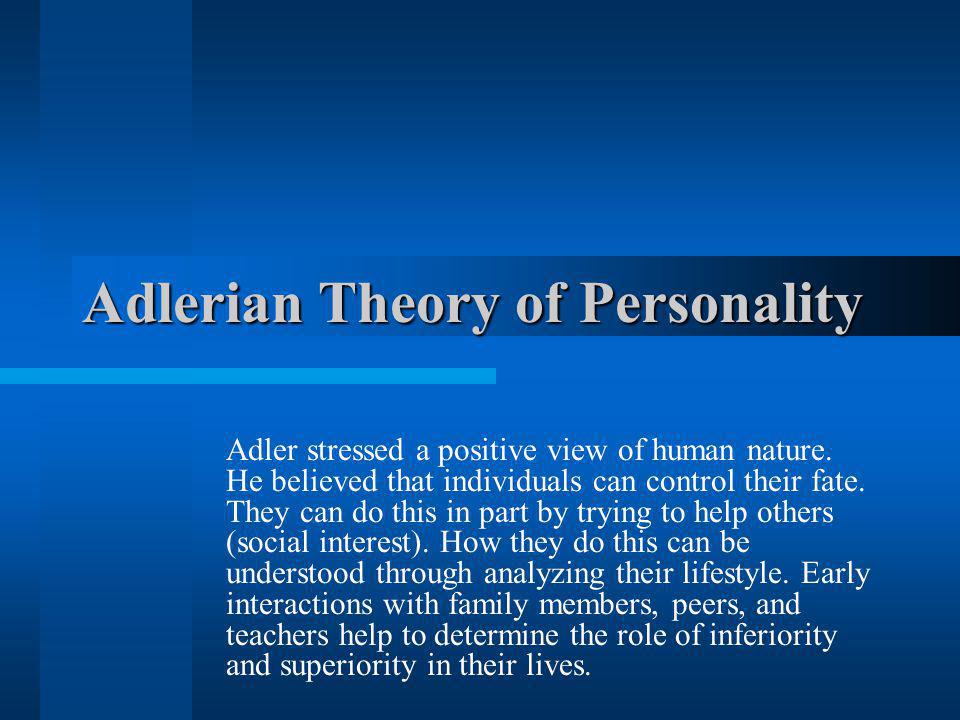 nine0290
nine0290
In domestic psychology, the problems of personality theory were developed by the school L.S. Vygotsky , in particular A.N. Leontiev, L.I. Bozhovich.
The theory proposed by LI Bozhovich can be attributed to the type of psychodynamic, experimental, structural-dynamic, covering the period of personality development from early preschool childhood to adolescence and using the internal psychological properties of a person to describe the personality. Based on the concept of leading activity, L.I. Bozhovich showed how in the process of interaction between activity and communication of a child in different periods of life, a certain view of the world is formed, called the internal position. This position is one of the main characteristics of the child's personality, a prerequisite for its development, which is understood as a set of leading motives for activity. nine0290
AN Leontiev presented his theory of personality, in which the central place is given to the concept of activity .